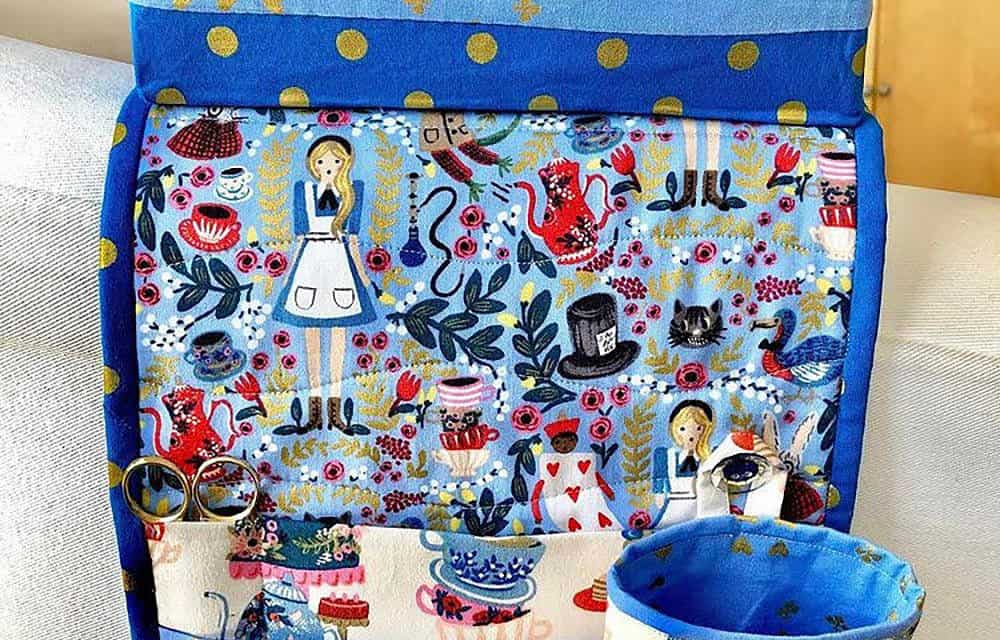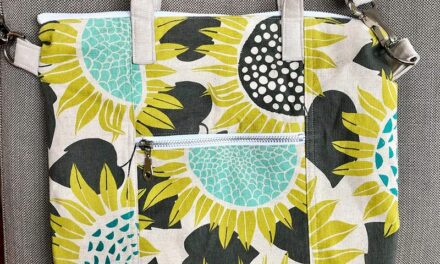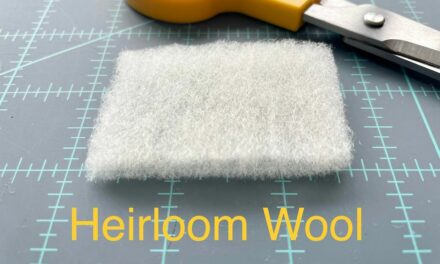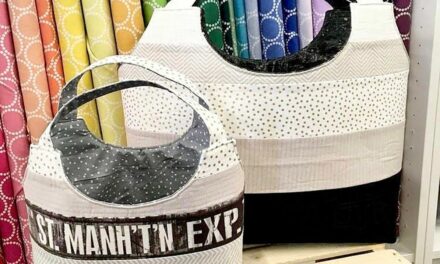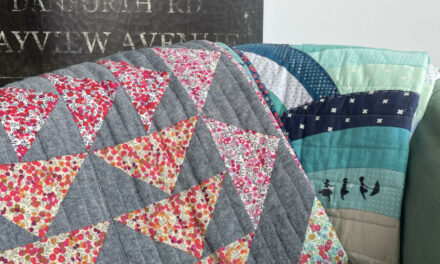PELTEX IS A MUST HAVE IN YOUR SEWING ROOM
Interfacing for Quilting, Bags & More
One of the more frequent emails we get is sewists asking what the best interfacing is for their project. There are quite a few different types of interfacing out there, so I thought I’d do a series on what is best, type by type. Here we go!
Peltex. It’s a funny word, isn’t it? Peltex. Easy to remember, super useful and something I always have in my stash!
Let’s talk about it. Peltex is an ultra-firm, heavy weight stabilizer. It’s great for use in bag making, crafts, home decor, and quilting. Made from polyester, it’s machine washable and easy to sew through. It comes on the bolt 20” wide.
Great For:
- Bag Making
- Crafts
- Home Decor
- Quilting
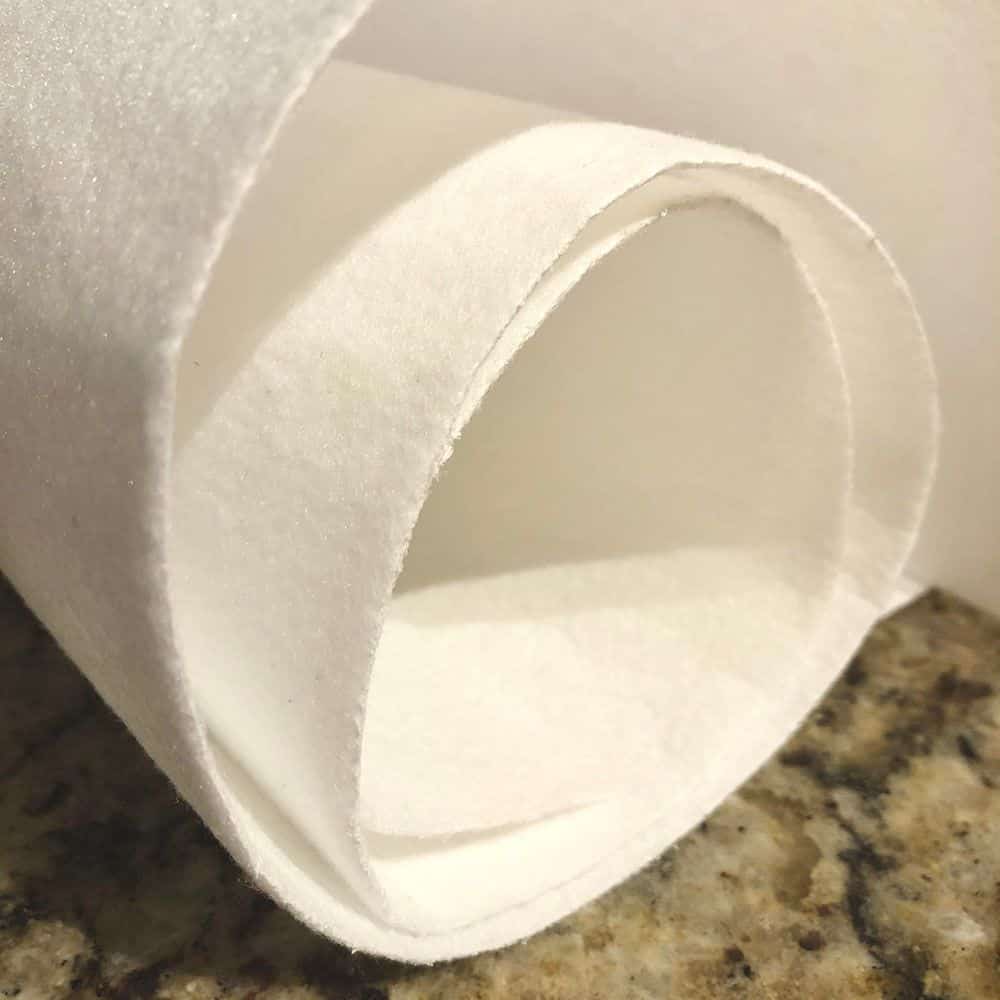
Types of Peltex
On the fusible ones, the dots of glue are very apparent and give the interfacing a scratchy texture. they melt and smooth out when fused to fabric. which one you choose is going to be dependent on your project.
1. Non-Fusible (Peltex 70P)
Some patterns call for making a tube or other size piece and sliding in your Peltex. For this type, you would want non-fusible.
2. One-Sided Fusible (Peltex 71PF)
Another design style might ask you to fuse to one side before turning right side out. For this, one sided fusible works best, as used here on the basket portion of the mini-maker station (seen in the picture below.). Check out LillyElla Stitchery for the free pattern!
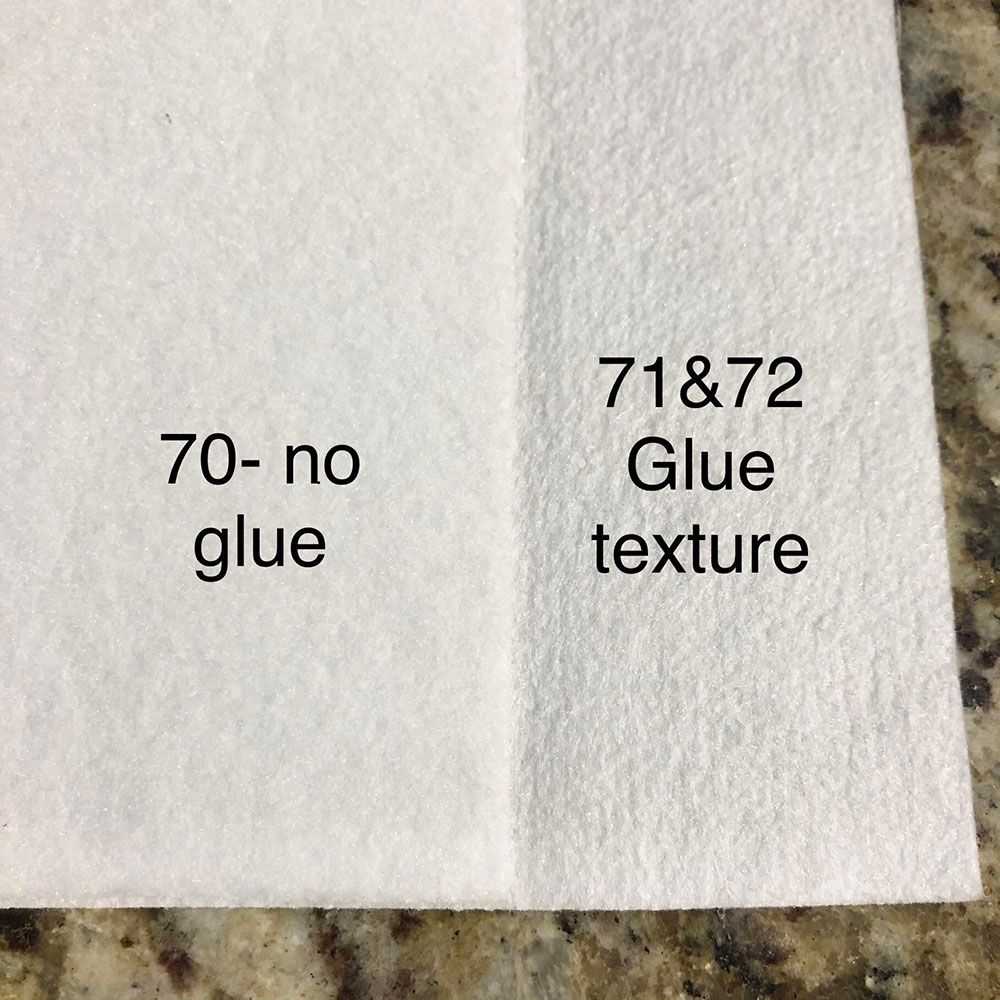
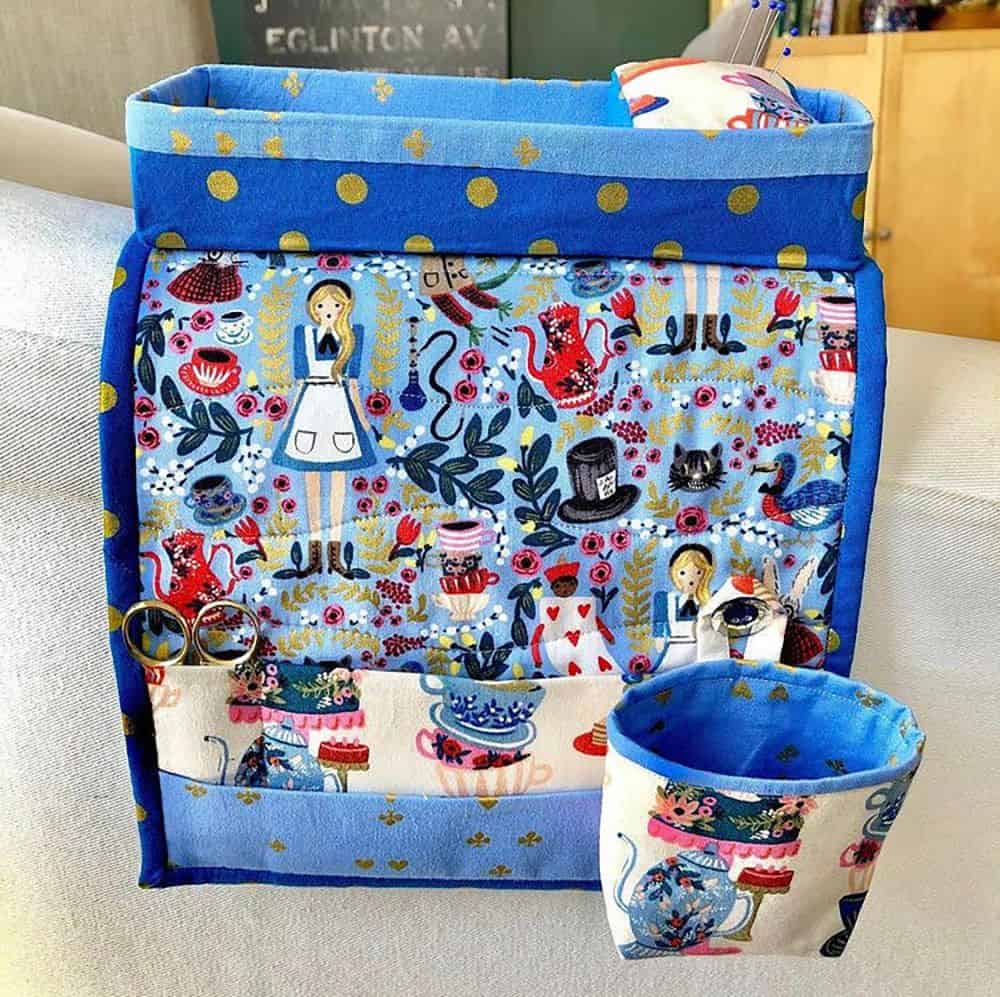
(This Mini Maker station goes on the arm of your couch and hold all your sewing goodies- super useful!)
3. Double-Sided Fusible (Peltex 72PF)
You’d use double sided fusible for a pattern that calls for your fabric to be fused wrong sides and then your edges are bound afterwards, like this fabric berry basket designed by Noodlehead. Check out her website for the free pattern!
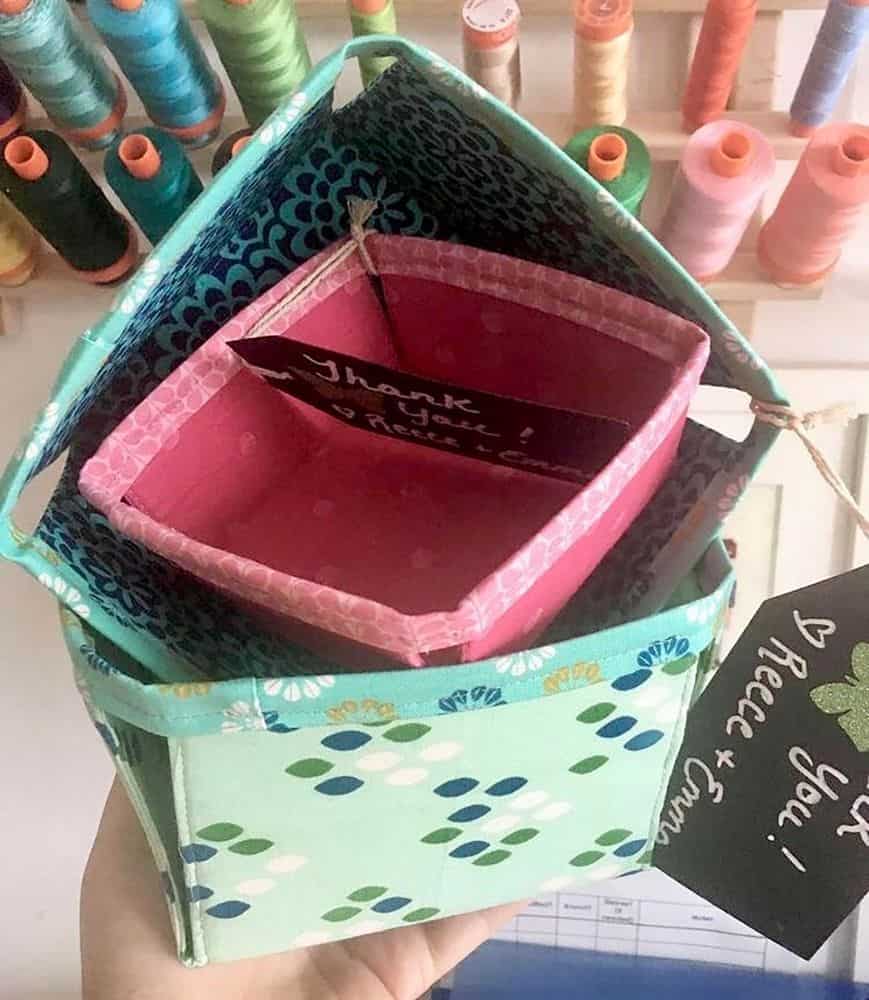
(Fabric berry baskets were a hit as school admin gifts! Always sweet to see them in use when I say hello at the school office)
I love adding Peltex to the bottom of bag patterns even when it isn’t called for. It gives extra stability and stops the bottom of your bag from drooping. I’ve made enough bags now to know what works, all it takes is practice!
I hope you’ll give this great interfacing a try, it’s really worthy of a spot in your stash.
Happy stitching!
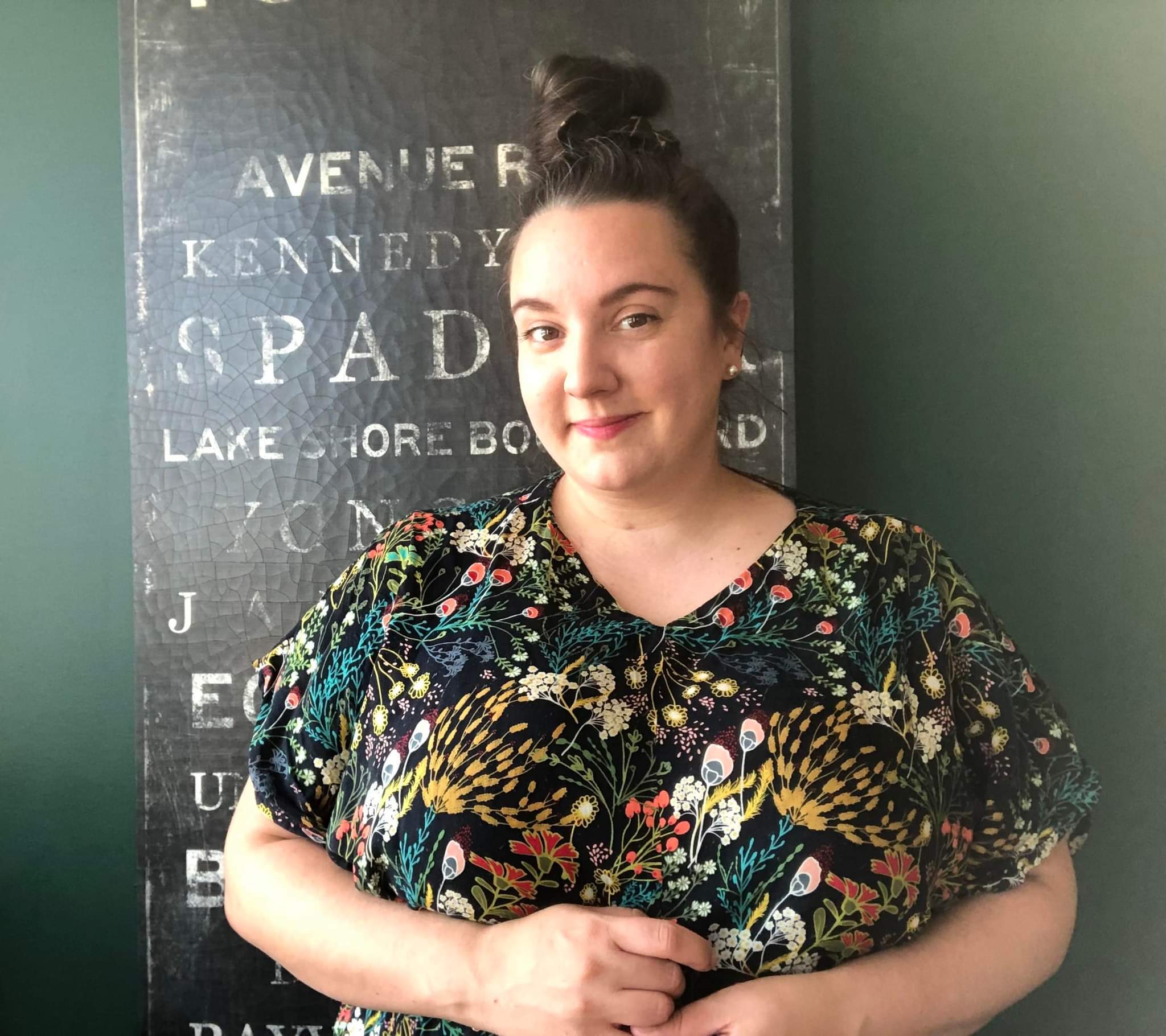
ABOUT THE AUTHOR
Michelle Brassens

